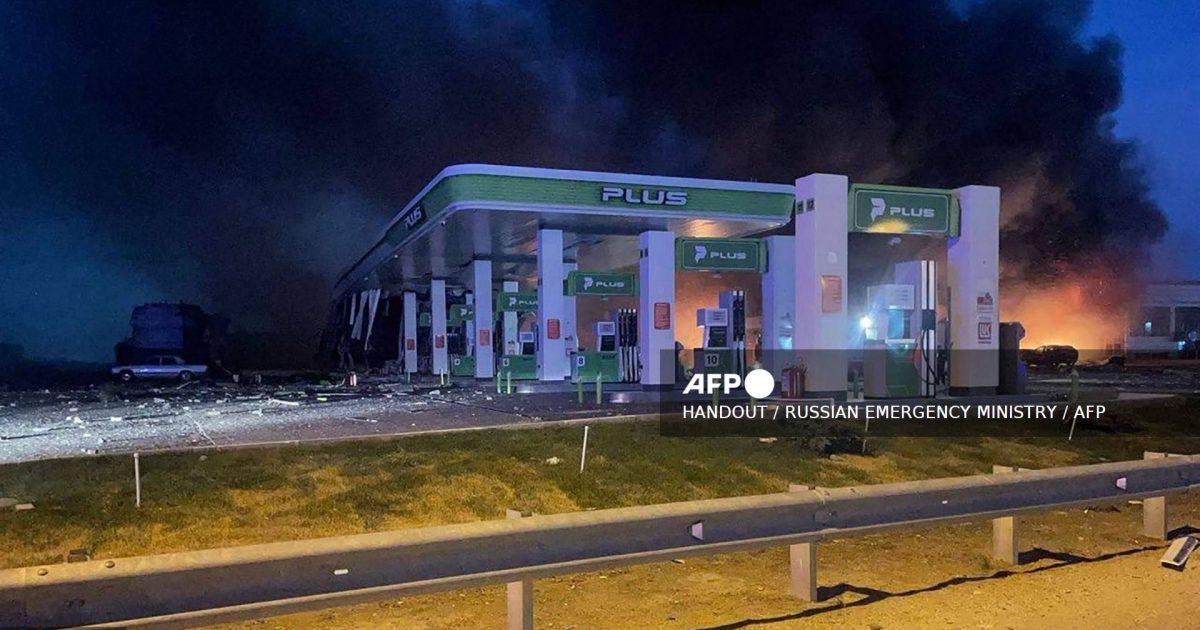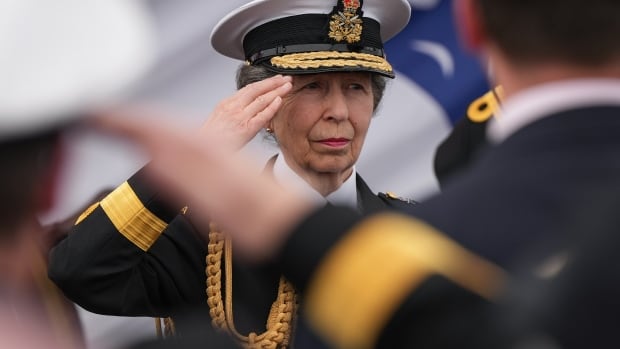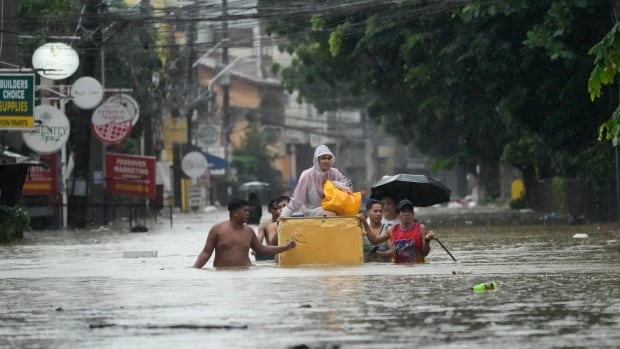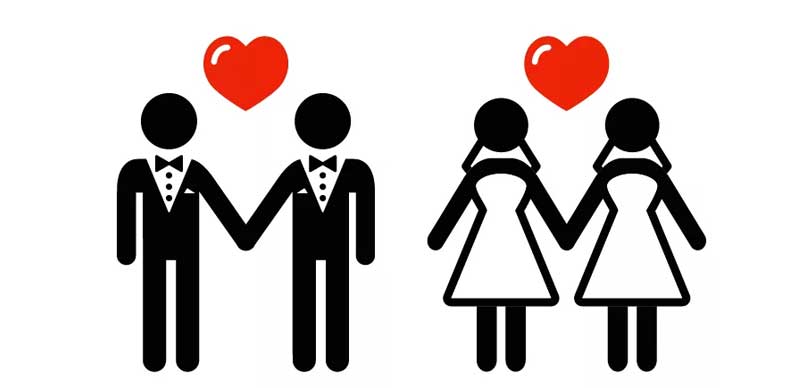On Saturday evening in downtown Milwaukee, people were making their way to dinner reservations and drinks with friends near Water Street, the city’s nightlife district.
But some of them had the U.S. election on their minds, as news of gunfire at a Trump rally in Pennsylvania spread and visitors descended on Wisconsin’s largest city for the Republican National Convention, which opens Monday.
“We were actually walking down and talking about how we’re really scared about these elections,” said 26-year-old Milwaukee resident Laura Hernandez.
Hernandez, who listed abortion rights, immigration and Israel’s war in Gaza as her top voting priorities, said she was first eligible to vote for president in 2016 — but she’s never liked her options.
“It’s been so exhausting. Every single year that I’ve been able to vote, I have to choose between two evils. And I feel like the same thing is happening this year, but even to a higher degree,” she said.
“So at the moment I’m indecisive. I’m not sure what I’m going to lean towards, come November.”
In the wake of the assassination attempt against Donald Trump, Republican strategist Chip Felkel says it’s important the Trump campaign takes a measured and restrained tone as the Republican National Convention gets underway in Milwaukee. ‘In a weird, ugly way, this is of great benefit to the mobilization of Trump supporters,’ he says.
Wisconsin is one of the most critical battleground states in this year’s U.S. election. For three decades, the Midwestern state was a brick in the “Blue Wall” — a term for states that reliably went to the Democrats from the ’90s into the early 2010s.
That streak ended dramatically in 2016 when Donald Trump notched a shock win, helping him secure a marginal victory over Hillary Clinton. While President Joe Biden reclaimed Wisconsin during the 2020 election, his win was also remarkably slim: He won by less than one percentage point.
In fact, the last six presidential elections have each been decided by a difference of some 25,000 votes in Wisconsin, which has 10 votes in the electoral college.
“There’s no reason to expect the state is moving away from that swing-state status and from a very close electorate,” said Charles Franklin, a political pollster and director of the Marquette Law School Poll.
With the next election looming, each campaign is placing its bets on Wisconsin, where small voting blocs and swing counties have the potential to sway what is now considered a “purple” state — one that could determine who will sit in the Oval Office come January 2025.

Why the stakes are high
Four years after the Democrats staged their convention in the city — albeit with in-person events curtailed due to the COVID-19 pandemic — Milwaukee will host Republican party officials and delegates at its Fiserv Forum this week.
As the GOP works to wrestle the state back from the Democrats, the RNC’s setting is no coincidence, said Jonathan Kasparek, a political history professor at the University of Wisconsin-Milwaukee.
“It is very much to appeal to those sort of on-the-fence, independent voters that are perhaps reluctantly Republican,” he said. “It’s really [about] trying to court those votes.”
Many of Wisconsin’s 72 counties have flipped allegiances during the past few presidential elections, ultimately changing the state’s political balance.
More than a third of them (23 in total) voted for Barack Obama in 2008 and 2012 — and they all flipped to Trump in 2016. Biden then won back two of those counties in 2020, securing the state for the Democrats.
In Milwaukee, voters who spoke with CBC News seemed to be reluctant about both of their options for this year. Josh Fager said that both Biden and Trump leave something to be desired.
“We need better candidates on both sides,” he told CBC News.

The urban, suburban and rural divide
Wisconsin has emerged as a purple state largely because “the dynamics set up between where the Republicans have strength and where the Democrats have strength [has] been shifting a lot in recent years,” said Kasparek.
Historically, Democrats have fared well in Wisconsin’s biggest cities, Madison and Milwaukee, while Republicans have done well in rural areas and suburban counties.
But some of the latter are becoming “less solidly Republican,” he said.
Trump had strong victories among voters in rural counties in 2016 and 2020. However, in some suburban counties like Ozaukee, Republican voters turned out in softer numbers during those two elections than they had in previous years.
Meanwhile, low voter turnout in Milwaukee and Madison can have wider implications at the state level, according to Franklin, the pollster.
Some attribute Clinton’s 2016 loss in Wisconsin to her not having visited the state at all in the run-up to the election. Biden has visited Wisconsin five times since January to shore up support, paying particular attention to urban areas.
As Franklin put it: “Who’s going to win is not a question at all in Milwaukee. But will it provide the extra votes that help tip the state to the Democrats?”
Brenda Hart-Richardson, a 74-year-old lifelong Milwaukee resident, said she’s sticking with Biden all the way.
She said she was embarrassed by Democrats who have called for the president to step aside due to concerns over his health.
“I would never go on a camping trip with them,” she said. “If I twisted my ankle, they’d leave me behind.”
The fight for Black voters
Nationally, Black voters still favour Biden to Trump overall, according to an Ipsos poll from June. But fewer Black voters say they’re absolutely certain that they’ll vote in this election, which could spell trouble for the Democrats among one of their key bases.
Biden has been losing steam with young Black voters in particular, according to a separate Ipsos poll from May.
While 2020 census data shows that more than 80 per cent of Wisconsin’s population is white, Biden has sought to reach Black voters in a state where voting-rights advocates have long said that people of colour encounter more hurdles at the ballot box.

Madison resident Isaac Montgomery, who was visiting Milwaukee with friends on Saturday evening, told CBC News that he didn’t vote in the last election and won’t vote in this one.
That’s because neither candidate is a good option for Black, Hispanic and Indigenous people, he said.
“People are always trying to use us as a trope. But they never really, at the end, do anything for us, so we’re always stuck in the same situation,” Montgomery said.
“Democratic, Republican, it doesn’t matter. Left, right, conservative, liberal. They’re all the same to me.”
Why turnout could be the deciding factor
Small voting blocs can make an outsized difference in a state with narrow margins, said Joe Paul, the executive director of Black Men Vote, a non-partisan organization that mobilizes Black male voters.
He pointed to the Black female vote in 2020, which helped tip the election in Biden’s favour.
“You saw them literally tip the scale. We’re talking about precincts — like, the last election came down to precincts,” Paul told CBC News. “This election will absolutely come down to precincts.”
Kasparek, the professor, noted that groups hit hardest by the economic woes of the last several years “might be discontented enough” to switch from Biden to Trump in the hopes that the economy will be stronger under the latter.
While the U.S. economy has recovered and unemployment is low, Americans have been worn down by years of high inflation. Most voters say the economy is their No. 1 issue, according to a national survey conducted by the Marquette Law School Poll in May.
Other priorities diverge along party lines; Republican voters list immigration as a high priority while Democrat voters emphasize abortion as a key issue, according to the poll.
The poll surveyed 1,033 U.S. adults, with a margin of error of +/-4.3 percentage points.
“I think the most important factor is actually going to be turnout,” said Kasparek. “Whichever party does a better job of getting its voters to the polls is going to prevail.”






